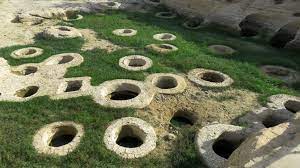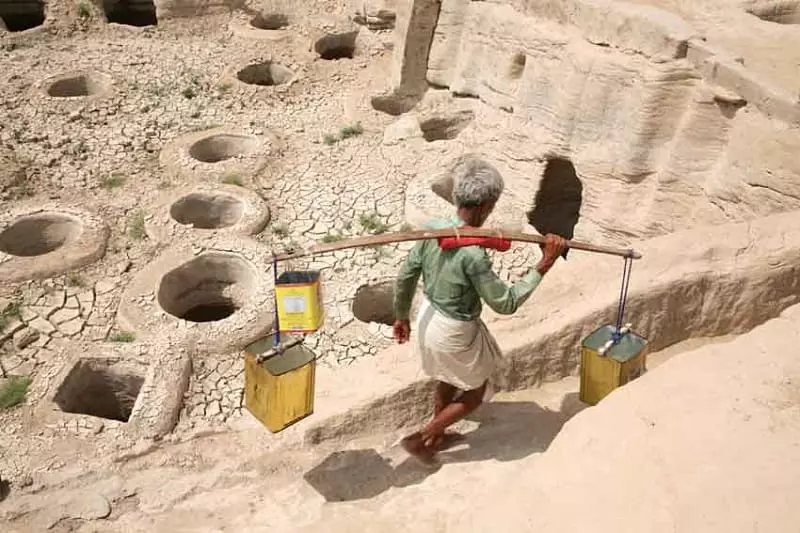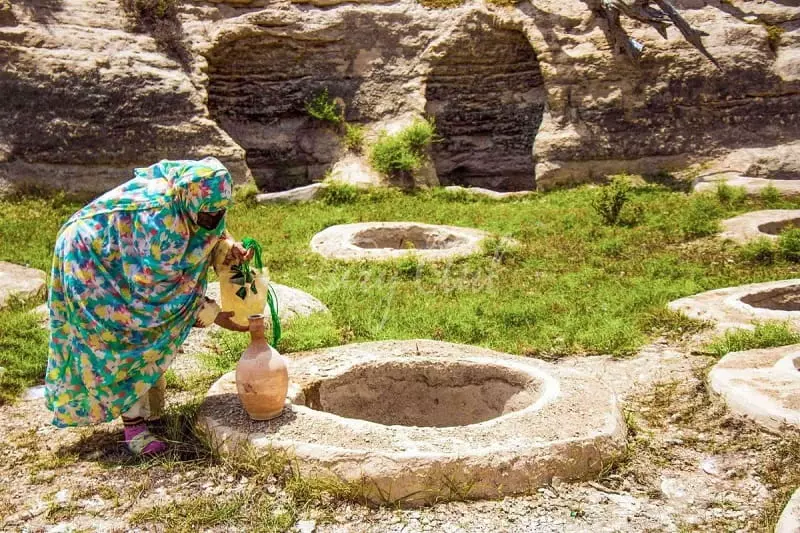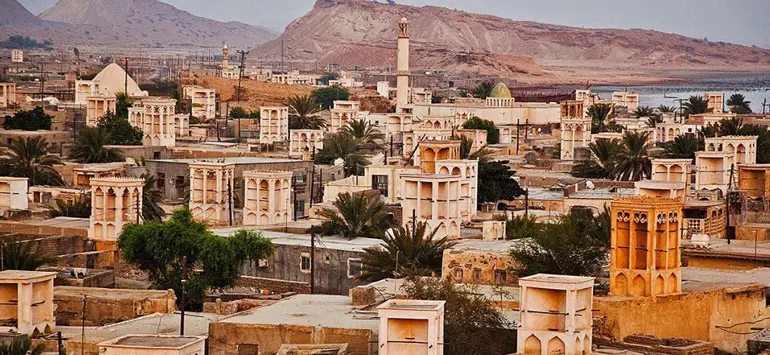فهرست مطالب

Chah-e Tala Lafft and Its Impact on Qeshm's Economy
Introduction
Chah-e Tala Lafft, as a crucial source of groundwater in Qeshm, plays a significant role in the region's economic development. This article explores how these wells affect various economic sectors in Qeshm, including agriculture and tourism, and provides recommendations for optimal utilization and sustainable development.

History and Current Status of Chah-e Tala Lafft
Chah-e Tala Lafft in Qeshm are considered vital sources of groundwater due to the region's specific geographical and climatic conditions. These wells are mainly drilled in areas with limited surface water access. Therefore, the water from these wells plays a fundamental role in supplying drinking water, agricultural needs, and industrial purposes in the region.

Impact on Agriculture
Agriculture is a key sector of Qeshm's economy, and the water from Chah-e Tala Lafft is especially crucial for irrigating farms and orchards. Optimal use of this water can enhance agricultural production and improve product quality. Conversely, improper management and excessive extraction of water can lead to a decline in groundwater levels and significant issues in agricultural water supply.

Impact on Tourism Industry
The tourism industry in Qeshm is rapidly growing due to its diverse natural and historical attractions. The water from Chah-e Tala Lafft contributes to maintaining and developing tourist areas such as natural parks and recreational facilities. Proper preservation and management of water resources, especially in tourist areas, can provide a better experience for visitors and support sustainable growth in the tourism sector.

Challenges and Opportunities
Water resource management in Qeshm faces numerous challenges. Excessive water extraction, pollution, and climate change are among the issues that need attention. Addressing these challenges requires sustainable solutions and precise management programs. Suggested solutions include employing modern technologies for water management and educating local farmers and industry workers.
Suggested Solutions
To optimize the use of Chah-e Tala Lafft and minimize negative impacts on the environment and economy, the following recommendations are proposed:
- Implement Efficient Irrigation Systems: Utilizing drip irrigation systems and precise water consumption control can reduce water wastage and improve agricultural performance.
- Monitor and Control Water Quality: Establishing water quality monitoring centers and conducting regular tests can help preserve water resources.
- Education and Awareness: Educating farmers and industry professionals on optimal water use and promoting sustainable practices can help mitigate existing problems.
- Develop Modern Technologies: Employing new technologies for effective water extraction and management can enhance efficiency and reduce negative impacts.

Conclusion
Chah-e Tala Lafft, as a vital water resource in Qeshm, significantly impacts the region's economy. Proper management and optimal utilization of these resources can lead to sustainable development in agriculture and tourism sectors and prevent potential issues. Accurate planning and implementation of recommended solutions can improve water resource conditions and enhance quality of life in the region.
For more information and special discounts in Qeshm, visit the Takhfifan Qeshm website.
